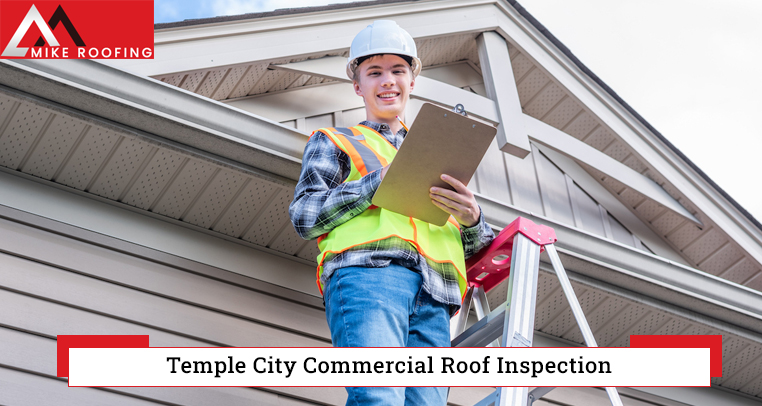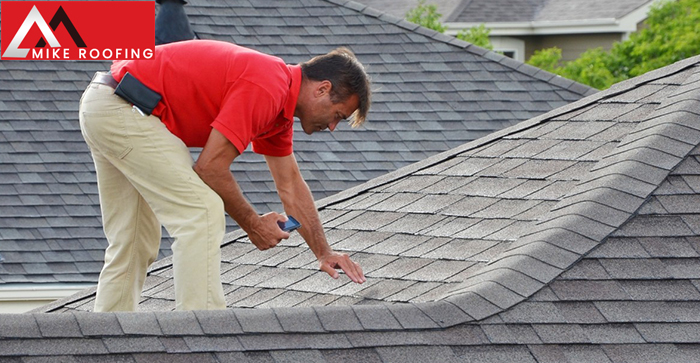Conducting Temple City Commercial Inspection might become important for a number of reasons. Here are some of the key reasons why you should conduct such an inspection

Conducting roof inspections is essential for insurance purposes. Insurance companies often require inspection reports to assess the condition of the roof and determine coverage. Regular inspections help identify any existing damage, allowing you to address issues and ensure your roof meets the insurance requirements.
Weather can take a toll on roofs, especially in areas prone to storms, heavy rainfall, or extreme temperatures. Roof inspections after severe weather events help identify and address any damage caused by wind, hail, or water intrusion. Timely inspections prevent further deterioration and protect the building from potential leaks and structural issues.
When selling a property, a roof inspection is crucial. It provides potential buyers with confidence in the condition of the roof and ensures transparency in the transaction. Identifying any necessary repairs or maintenance beforehand allows you to address them proactively, increasing the property’s market value and streamlining the selling process.
Here are some of the most common methods used for commercial roof inspections
| Inspection Method | Description |
|---|---|
| Infrared Thermography | Utilizes thermal imaging technology to detect temperature variations and identify potential roof issues. |
| Core Sampling | Involves taking core samples from the roof layers to assess their condition and determine the need for repairs. |
| Moisture Scanning | Uses specialized equipment to detect moisture trapped within the roof layers, aiding in leak detection. |
| Electronic Leak Testing | Involves applying an electrical current to the roof membrane to identify areas of moisture infiltration. |
When you are conducting Temple City commercial roof inspection for insurance, here are a few things to keep in mind
Familiarize yourself with the specific insurance requirements and guidelines set by your insurance provider. Ensure that the inspection covers all the necessary elements required by the insurance company to maintain coverage.
The inspection should encompass a comprehensive evaluation of the roof’s condition, including checking for any signs of damage, leaks, ponding water, deterioration, or inadequate maintenance. It should also include an examination of flashing, drainage systems, and other essential components.
Maintain detailed documentation of the inspection, including photographs, measurements, and notes regarding any identified issues or areas of concern. This documentation will serve as evidence for insurance purposes and can help in the claims process if required. Contact Mike Roofing for all necessary documentations.
If any damage or deficiencies are identified during the inspection, it is crucial to address them promptly. Timely repairs or maintenance can prevent further damage and demonstrate proactive measures to insurance providers, potentially reducing the risk of coverage denials or premium increases.
Insurance providers often appreciate proactive maintenance practices. Implement a routine maintenance plan for your commercial roof, including regular inspections and necessary repairs. This demonstrates your commitment to roof care and can positively impact insurance coverage and premiums.

Start by visually inspecting the entire roof surface for any visible signs of damage. Look for missing or loose shingles, cracked or blistered areas, dents, or punctures caused by hail, debris, or wind.
Check for any signs of water infiltration, such as damp spots, water stains, or mold growth on the ceiling or walls. Inspect the interior for signs of water damage, including warped or discolored materials.
Examine the gutters, downspouts, and drainage systems to ensure they are clear of debris and functioning properly. Improper drainage can lead to water pooling, which can cause damage to the roof structure
Inspect the flashings around chimneys, vents, skylights, and other roof penetrations. Check for loose or damaged flashings and ensure they are properly sealed to prevent water infiltration.
If your commercial roof has a membrane or coating, inspect it for any signs of damage, such as cracks, tears, or separation. These issues can compromise the roof’s waterproofing capabilities.
Assess the condition of any HVAC units, rooftop installations, or equipment mounted on the roof. Check for damage, loose connections, or displaced components that may have been affected by severe weather
During a commercial roof inspection, the roofing professional will assess various aspects such as the roof surface, flashing, penetrations, drainage systems, and overall condition. They may perform visual inspections, use specialized tools or technologies like infrared scanning, and document any identified issues along with recommended solutions.
Yes, we will provide a detailed inspection report that includes findings, photographs or documentation of issues, recommended repairs or maintenance, and any cost estimates. This report serves as a valuable reference and helps in decision-making regarding necessary repairs or further actions.
The frequency of inspections depends on various factors such as the age of the roof, its condition, local weather conditions, and any specific requirements from the roof manufacturer or warranty. Generally, it is recommended to have annual inspections, but more frequent inspections may be necessary in areas prone to severe weather or if the roof has known vulnerabilities.